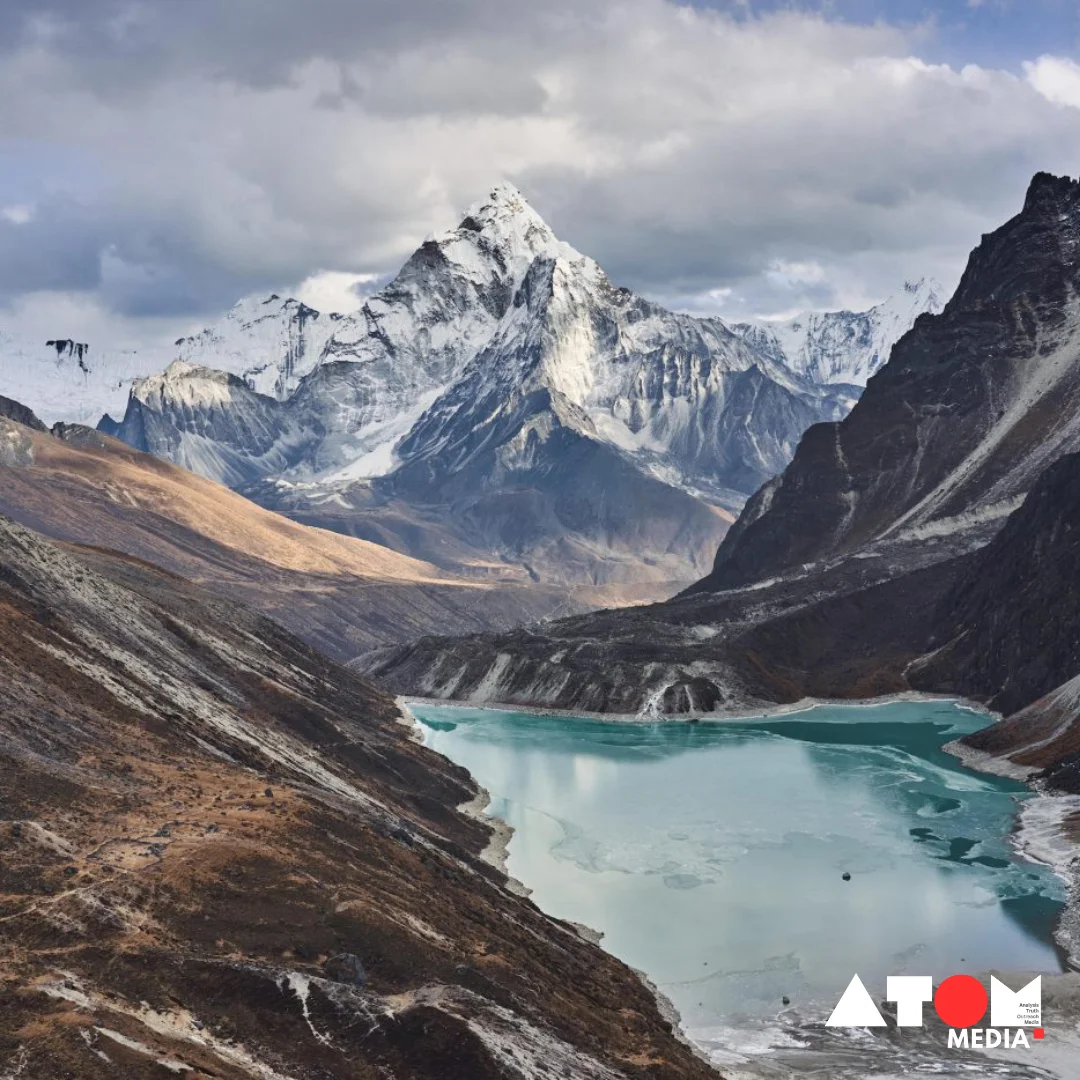Long-term Satellite Imagery Reveals
Long-term satellite imagery covering the Himalayan region has uncovered concerning developments regarding glacial lakes, with implications for environmental and human safety, according to a report by the Indian Space Research Organisation (ISRO).
Growing Risk of Glacial Lake Outburst Floods
The report highlights a significant increase in the size of glacial lakes, raising the risk of Glacial Lake Outburst Floods (GLOFs), a phenomenon exacerbated by the ongoing climate crisis. The expansion of these lakes, particularly in the Himalayan region, poses a serious threat to communities downstream.
Alarming Statistics Revealed
Out of the 2,431 glacial lakes larger than 10 hectares identified in 2016-17, a staggering 676 have shown notable expansion since 1984. This represents over one-fourth of the total glacial lakes surveyed, indicating a concerning trend of growth and potential instability.
Geographical Distribution of Risk
Of the expanding glacial lakes, 130 are located within India, with significant numbers situated in the Indus, Ganga, and Brahmaputra River basins. The elevation-based analysis reveals that a considerable number of these lakes are located at higher altitudes, further complicating the risk assessment and mitigation efforts.
Case Studies and Implications
Notable case studies, such as the Gepang Gath glacial lake in the Indus River Basin, highlight the rapid increase in size and the potential consequences for nearby infrastructure and populations. Scientists stress the urgency of proactive measures to mitigate the risks associated with these expanding lakes.
Urgent Call for Action
Scientists and experts emphasize the need for immediate action to address the growing threat posed by expanding glacial lakes. Recommendations include collaborative efforts with neighboring countries, proactive monitoring, and infrastructure planning to mitigate the risks of GLOFs. The expansion of glacial lakes is intricately linked to the broader climate crisis, with warming temperatures leading to glacier retreat and the formation of new lakes. As climate change continues to accelerate, the frequency and severity of GLOFs are expected to increase, posing significant challenges for vulnerable mountain communities.
Expert Insights and Recommendations
Experts underscore the critical importance of understanding the complex dynamics of glacial lakes and their implications for regional stability and environmental sustainability. Collaborative research efforts and informed policy decisions are essential to address this pressing issue effectively.
The findings presented by ISRO shed light on the urgent need for proactive measures to address the growing risks associated with expanding glacial lakes in the Himalayan region. As communities grapple with the impacts of climate change, concerted efforts are required to safeguard lives, livelihoods, and ecosystems in the face of mounting environmental challenges.
Read more: Marketing News, Advertising News, PR and Finance News, Digital News





